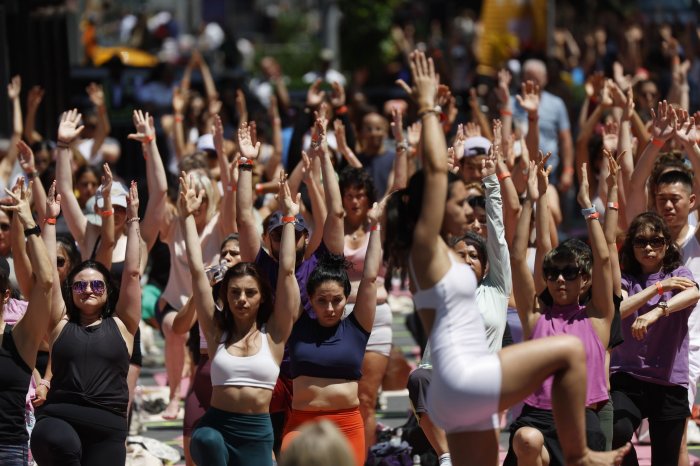This town in North Wales has been a popular holiday destination for centuries, with its stunning beaches, historic pier and beautiful landscapes drawing in visitors
This North Wales town boasts a lengthy history of attracting holidaymakers from all corners of Britain, having earned the prestigious nickname “Queen of the Welsh Watering Places”.
The Victorian coastal treasure of Llandudno, with its colourful past, is believed to trace its roots back to the Bronze Age. These distinctive features attract tourists eager to experience the breathtaking scenery of the Conwy Valley and discover the region’s fascinating heritage.
Indeed, Llandudno has previously been hailed as amongst the safest locations to live in Britain, with approximately 19,700 fortunate inhabitants. What’s more, it’s considerably more affordable to explore and stay in compared to most rival seaside destinations.
Two principal beaches extend along the coastline – North Shore Beach and West Shore Beach. The northern stretch features a lengthy promenade typical of any British coastal resort.
However, what distinguishes it from others is its palm tree-lined walkway – reminiscent of a Mediterranean haven. Nestled peacefully beyond North Shore Beach lies the Great Orme clifftop, providing an excursion on the Great Orme Tramway, transporting visitors to elevated vantage points via cable cars.
One delighted tourist commented: “The cable car ride was amazing; for the length of the journey, £14 per return (this was the price in 2024) is pretty reasonable. The views are stunning, and you can see for miles on a really clear day, which we had.”
On the West Shore, nestled on the other side of the town, one can enjoy panoramic views of the Snowdonian mountainside. A TripAdvisor review gushes: “One of my favourite beaches anywhere: unspoilt, dog-friendly, free of kiosks and vendors – just sea, rock and sand. Stunning views of the Great Orme. Lots of parking.”
The charming town of Llandudno boasts a rich history that stretches from the Stone Age through to the Iron Age, with numerous settlements over the years on the slopes of the limestone headland, better known as the Great Orme. The headland is a popular attraction for visitors from near and far, offering a four-hour trek filled with breathtaking views.
The Victorian promenade, affectionately known as The Parade, and the iconic pier are two of the town’s most beloved landmarks, both dating back to 1877. After extensive restorations, the pier has earned the title of one of the best in the whole of the UK.
One visitor shared their experience of the pier, saying: “Excellent pier experience. A Punch and Judy, plenty of arcades, hair braiding/colouring, a good walk, fun stalls and a cafe with a wonderful lady singer belting out Amy Winehouse numbers. There’s even a little display of historical photos to show when the pier was used for the ferries. Well worth a visit.”



